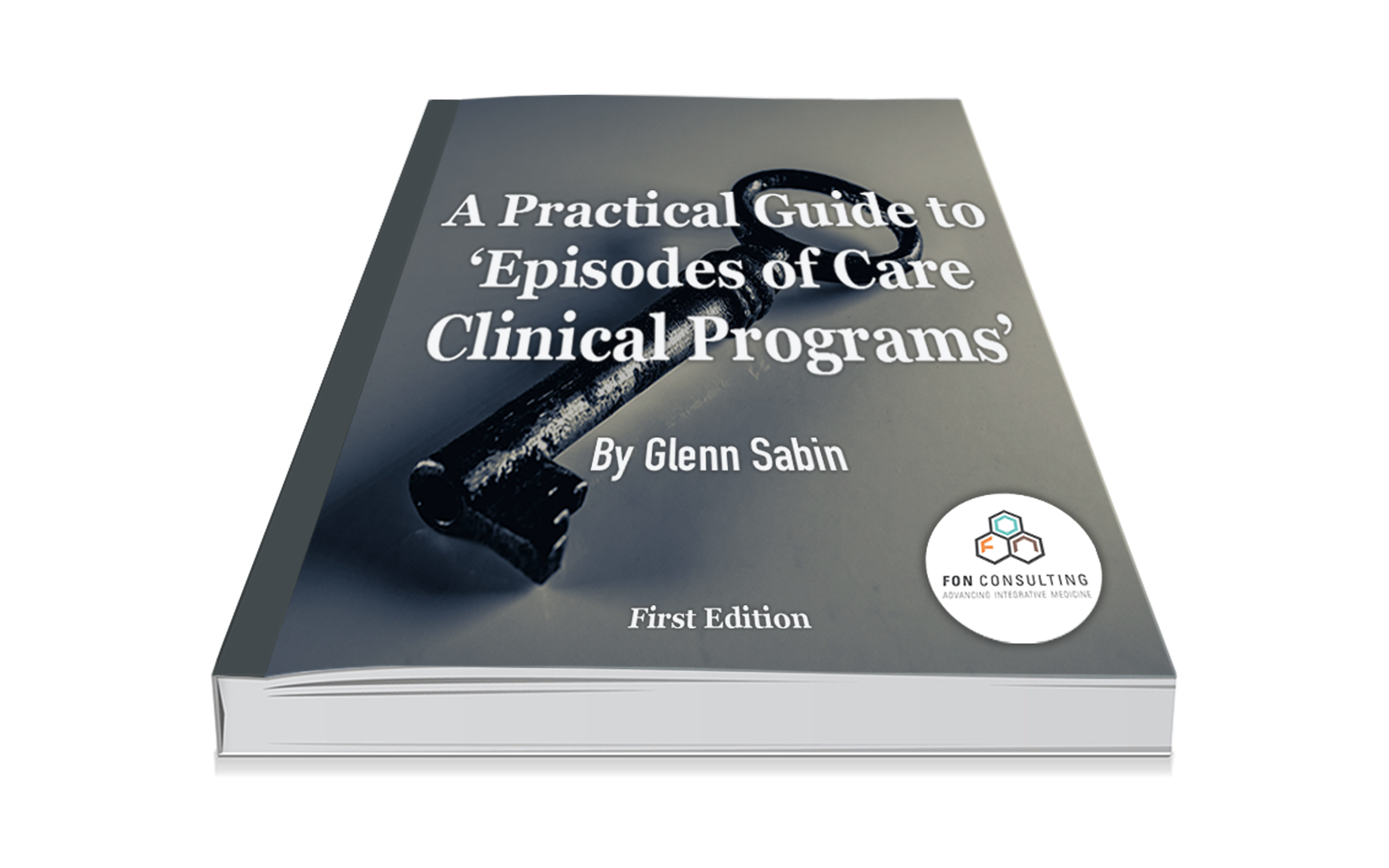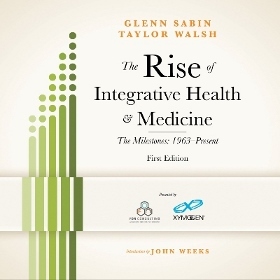America’s ‘Pain Epidemic’ and the Role of Integrative Medicine Providers and Payers
By Glenn Sabin

Sure, treating acute pain with conventional medical interventions and drugs can be quite helpful, but similarly treating “chronic” pain across various conditions and pathologies often amounts to little more than simply masking symptoms.
Whether taken orally or as an injectable, drugs (including steroids) can temporarily reduce inflammation and pain but their potential deleterious long term negative effects can often take a significant physical, emotional and/or financial toll on patients and society.
For treating chronic pain, integrative, functional and interdisciplinary medical approaches are fairly well-documented in terms of consistent, sustainable long–term positive clinical outcomes, low costs and, most importantly, safety. With the provision of the ACA’s section 2706, patient options for efficacious and affordable pain management have finally arrived. Its anti-discrimination language ensures that health exchanges across the country recognize licensed chiropractors, massage therapists, naturopaths, acupuncturists and midwives as providers of essential health benefits, as long as they practice within their scope of work.
Enjoying this article? Subscribe and get our latest, delivered straight to your inbox.
Pain management is a mutual clinical sweet spot among these disciplines. So when I recently came across the following prescient article by Pat Anson, editor of the National Pain Report, I just had to share. I’ve reposted below in its entirety with permission from the publisher.
My additional comments follow this post.
Pain Physicians Say Insurance Coverage Often Falls Short
By Pat Anson
 One of the nation’s largest medical organizations representing pain physicians is calling for significant changes in the way insurance companies provide coverage for pain treatment.
One of the nation’s largest medical organizations representing pain physicians is calling for significant changes in the way insurance companies provide coverage for pain treatment.
The American Academy of Pain Medicine (AAPM) released a position paper at its annual meeting calling on insurance payers to provide adequate coverage for interdisciplinary pain care, including physical therapy, massage, yoga, acupuncture and other alternative therapies.“Patients with persistent, ongoing pain experience endemic barriers to care, many related to non-existent or insufficient insurance coverage and reimbursement for evidence and consensus based therapies. The result is a reductionist approach to pain management whereby the default treatments are prescription (often opioids) and procedural,” the AAPM statement says.
“Interdisciplinary care has a significant evidence base in the treatment of chronic nonmalignant pain, which is not reflected in insurance coverage policies,” said Lynn Webster, MD, president of AAPM, which represents over 2,500 pain physicians and healthcare providers.
“Further difficulties with current coverage include the limited time allowed to provide comprehensive services and the routine limits commercial insurance policies place on complementary and alternative therapies and comprehensive interdisciplinary care.”
Webster added that inconsistencies in the delivery of insurance benefits for pain patients often pushes physicians into prescribing opioid painkillers or performing surgeries when alternative treatments are available that are less risky or invasive.
The AAPM paper also calls for a minimum of three months coverage for an integrative pain management program when pain has not responded to first-line therapies.
Interdisciplinary care is marked by specialists working collaboratively to treat all aspects of a patient’s pain, including the underlying pathology, as well as the patient’s behavioral and psychosocial needs. The treatment team may vary but may include the patient, the patient’s family, physicians, nurses, psychologists, physical and occupational therapists, and others.
The AAPM paper cites evidence for interdisciplinary care as showing long-term treatment gains of up to 13 years and clear cost benefit.
Pain affects more people than heart disease, cancer and diabetes combined, and more than 100 million Americans suffer from chronic pain, according to the Institute of Medicine’s 2011 report: Relieving Pain in America, A Blueprint for Transforming Prevention, Care, Education and Research. The IOM report highlighted the burden pain imposes in disability, in use of medical services, and in destruction of quality of life and productivity.
“The IOM called for giving pain relief, research, awareness, and education the status of a national priority,” Dr. Webster said. “We are asking for changes in standards for health coverage to reflect that status.”
Additional Comments from Glenn Sabin
An interdisciplinary, whole system approach is most beneficial and cost-effective for practitioners treating and managing chronic pain. AAPM’s call for a minimum three months insurance coverage for integrative pain management programs when conventional first line interventions have failed seems more than reasonable. Of course, coverage as a first line—even if augmenting conventional pharma and/or procedures—sounds even better.
Kudos to AAPM for authoring this important position paper calling for insurance companies to provide suitable coverage for patients and adequate reimbursements for providers. Let’s hope Section 2706 is promptly enforced nationwide and payers start appreciating its tremendous inherent value.
About FON
FON is a leading integrative health and medicine business development and strategy consulting firm. FON specializes in custom solutions for growing patient volume, developing programs, and increasing product sales. Our practical business models are driven by innovative marketing, clear messaging, and customer engagement via branded storytelling.
Contact us today to schedule a complimentary 30-minute consultation to discuss your business development or personal brand needs.

Read Glenn’s story.





















